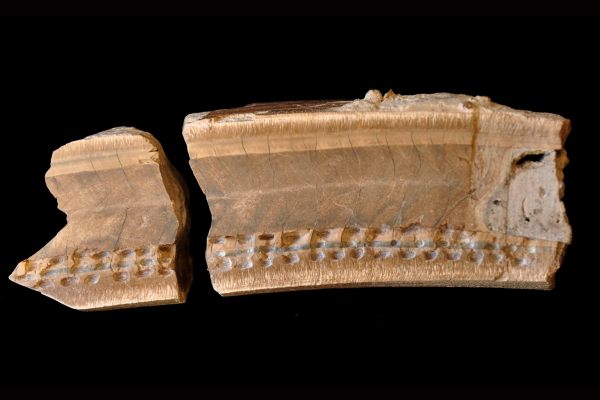Secrets of One of the Earliest Terrestrial Globes
The Hunt-Lenox Globe is significant in so many ways.
The Hunt-Lenox Globe is one of the earliest terrestrial globes known to man. It was likely created between 1505 and 1510 in France or Italy, according to Michael Inman, curator of rare books and manuscripts at the New York Public Library. Among geographers, the Hunt-Lenox is especially known as the earliest known depiction of the Americas. South America and parts of Central America are etched into the globe, though the landmass cuts off at where present-day Panama is located. The islands of present-day Cuba and Hispaniola are also depicted.
Some smaller details on the globe include caravels (a style of ship contemporary with Columbus’s exploration of the New World) and sea monsters thought to be dreamt up by the unknown artist. Perhaps the most memorable detail, however, is the Latin phrase “HC SVNT DRACONES,” placed in the region of present-day Southeast Asia. Translated to English, the phrase means “here lie dragons” or “here be dragons.” Inman says that many later maps or globes that were designed to appear as if they were from this period often include this Latin phrase, which derives solely from the Hunt-Lenox Globe. This object is unique because it “speaks to Europeans’ knowledge of the world just shortly after the time of Columbus’s initial voyage,” says Inman.
In the video above, Atlas Obscura gets a close-up look at the Hunt-Lenox Globe, which is part of the New York Public Library’s collection at its Bryant Park location.





































Follow us on Twitter to get the latest on the world's hidden wonders.
Like us on Facebook to get the latest on the world's hidden wonders.
Follow us on Twitter Like us on Facebook